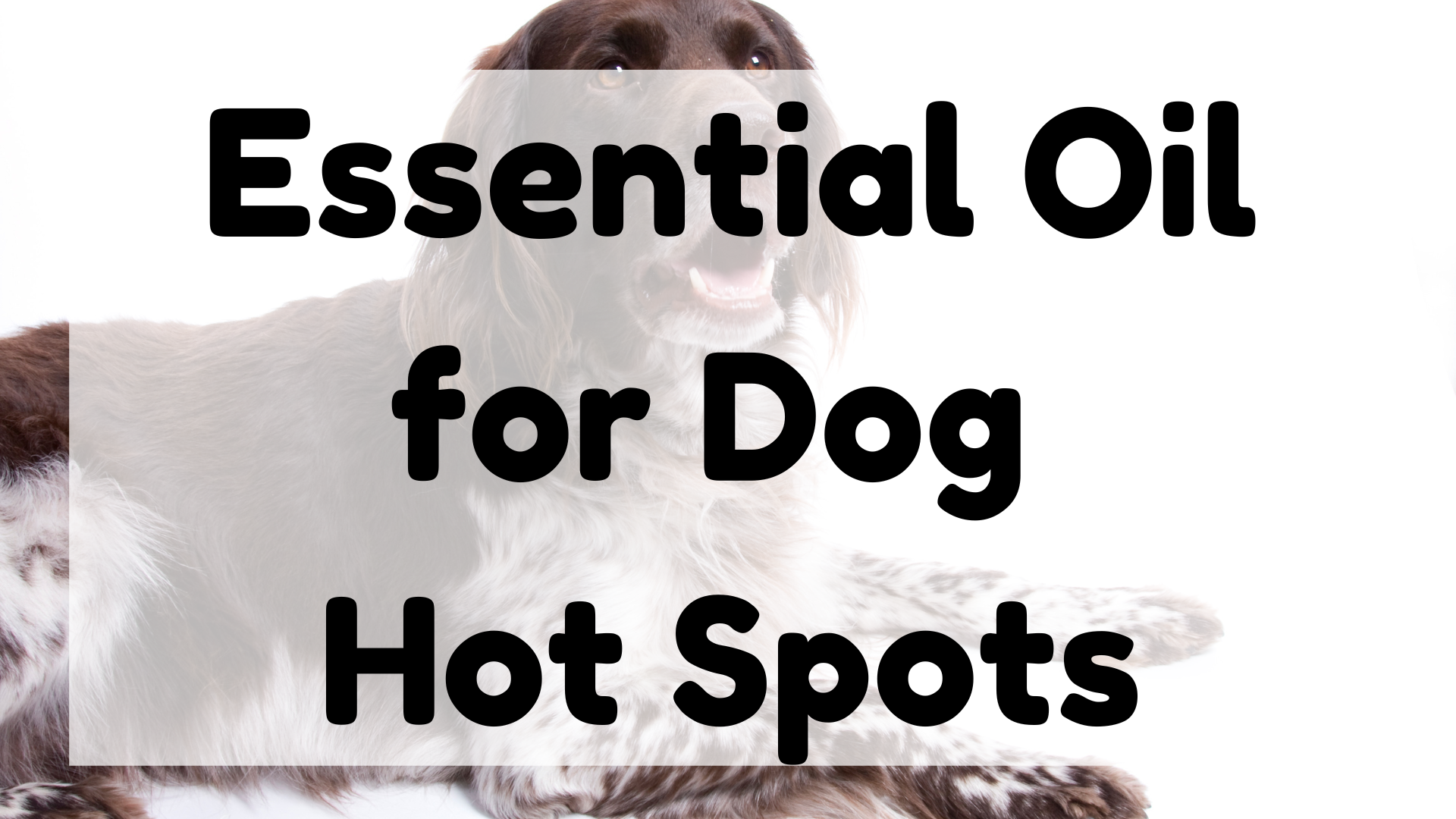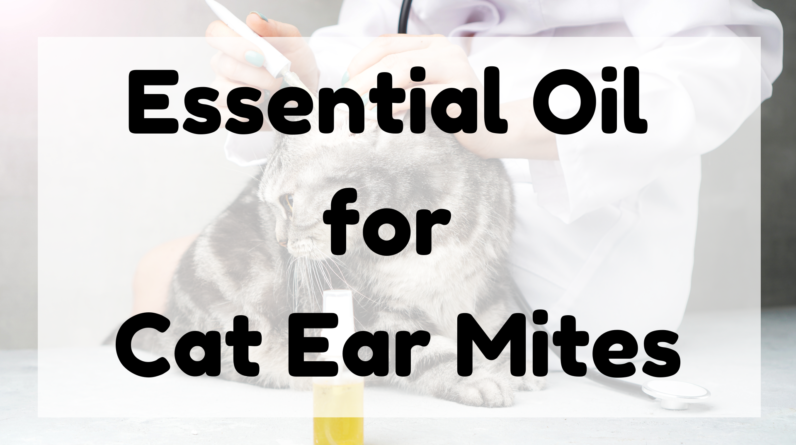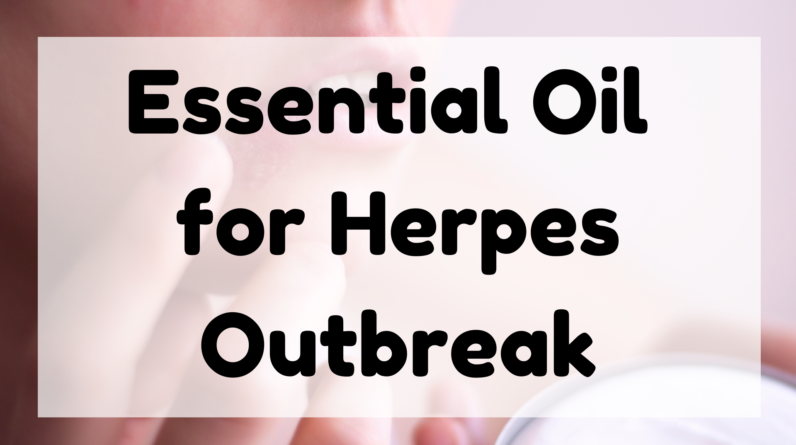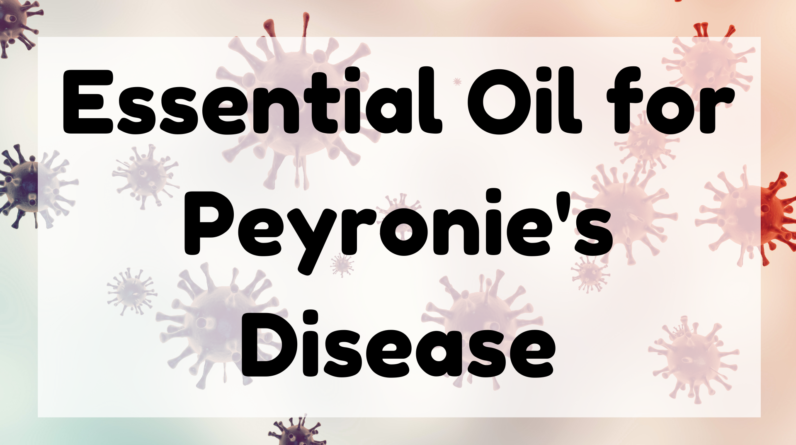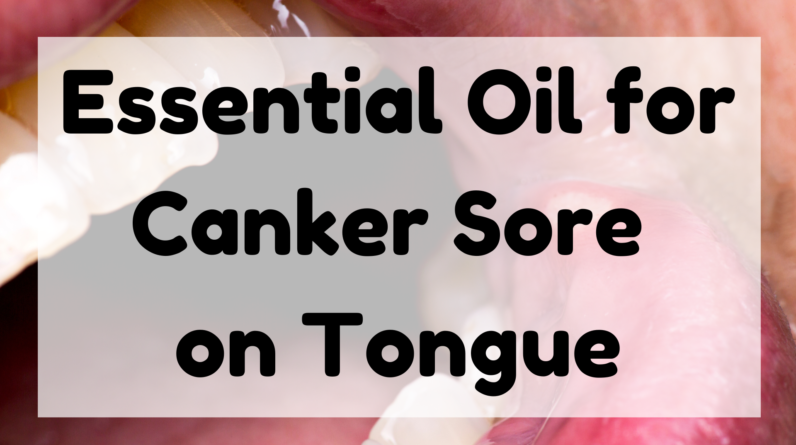Jump Ahead to:
Essential Oil For Dog Hot Spots
Are you looking for a natural remedy for your dog’s hot spots?
If so, you’ve come to the right place.
This article will discuss the properties of Essential Oils and what causes these inflammatory conditions in dogs.
You’ll also learn what the causes of dog hot spots are and which essential oil is best for tackling them.
Keep reading to learn more!
Here’s the scoop!
You’ve heard of essential oils, but what exactly are they?
And how can you use them to treat dog hot spots?
What are Essential Oils
For centuries, essential oils were first-line remedies for hot spots in dogs.
Additionally, essential oils do not have the side effects of prescription veterinary medications.
For hot spots in dogs, essential oils are often combined with lavender.
Lavender is considered soothing for dog skin.
Other essential oils may be used, such as tea tree and rosemary.
Compared to other essential oils, German chamomile7 is the most potent analgesic oil. Chamomile is most effective when mixed with other essential oils, such as geranium and calendula.
Essential oils can be diluted in a carrier oil, such as coconut oil or aloe vera.
Regular hot spots in dogs are a form of acute dermatitis.
Hot spots usually appear on the neck, back, tummy, behind the ears, or other areas.
Continuous itching may result in loss of hair and an inflamed bald patch.
It is important to consult a veterinarian when using essential oil for hot spots in dogs.
You may find that CBD oil supports skin health and reduces itching.
Aside from lavender, calendula and chamomile have antibacterial and antifungal properties that can be used to treat dog hot spots.
These essential oils are used on dogs every day until the wound is healed.
Coconut oil is an excellent treatment for hot spots because it contains anti-inflammatory and antibacterial properties that can reduce inflammation and promote healthy skin.
Furthermore, it can reduce allergic reactions and fleas.
The aroma of lavender oil is soothing and can soothe inflammation and incision sites.
However, it is important to note that lavender oil is prone to adulteration.
You should consult a vet before using lavender oil for dog hot spots.
But if you are unsure about what essential oils are best for your dog, lavender oil is a good option.
Properties of Essential Oils
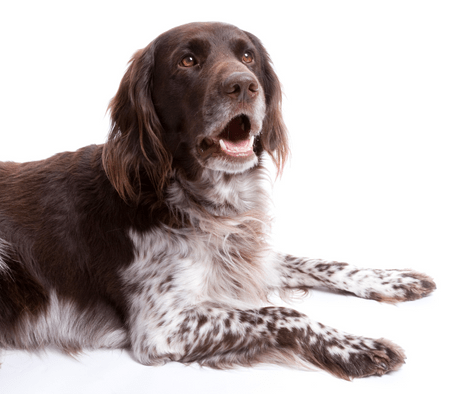
Essential oils are touted for their antibacterial and anti-inflammatory properties.
The benefits of these natural compounds have made them first-line treatments for many centuries, and some proponents of natural cures are using them to treat dog hot spots.
However, before using any essential oil on your pet, read the labels, strength, and directions for use.
Essential oils are highly potent, so you need to know what you’re doing before you try them.
It’s advisable to dilute them first with a carrier oil.
Essential oils must also be diluted to be safe for external use, and many are toxic.
Essential oils can be applied topically.
Tea tree oil is an excellent option for dog hot spots.
Its anti-inflammatory and antibacterial properties make it an ideal choice for the topical management of the problem.
Organic coconut oil, which contains powerful antibacterial properties, can also be applied topically to hot spots. Coconut oil can also be a great topical treatment for dog hot spots.
It is safe for your dog to lick and is gentle enough to heal it quickly.
It is important to remember that some essential oils may irritate dogs, so you’ll need to check with your vet to determine the cause of your dog’s discomfort.
Avoid using peppermint and clove, as they are both irritating to dogs and may result in painful inflammation.
Mountain savory is also another common choice.
While it may be mildly irritating, it’s also potentially toxic to dogs.
It’s also safe to use unrefined sea salt, which will enhance the effect of the essential oil on your dog’s skin.
Frankincense has been used to heal the canine mind for centuries.
It helps increase circulation and blood flow.
It also reduces scar tissue and repairs damage to the skin.
It’s also an effective anti-inflammatory and anti-microbial.
Chamomile essential oil can be applied to hot spots for relief.
Cause of Dog Hot Spots
While there are several causes of dog hot spots, most can be traced back to an underlying medical condition.
While some dogs experience constant trauma, other dogs may have allergic reactions to certain foods or fleas.
In these instances, a bacterial skin infection may be the culprit.
As a result, hot spots in dogs often look red, scaly, and even painful.
Fortunately, there are some treatment options available.
The treatment for hot spots should be applied to the entire affected area and the surrounding skin.
It is recommended to apply the solution several times a day for a few days.
You may notice that the hot spot continues to ooze, but this is part of the healing process.
Eventually, it will dry up and scab over.
Although this can be painful for your dog, you should refrain from picking at the hot spot, as it will be easier to re-infect the area.
The treatment of dog hot spots depends on the underlying cause.
While you can’t ban hotspot treatment, you can use a combination of treatments to help your dog feel better.
Several veterinarians will recommend a combination of home treatments and medication to help your dog feel better.
These options may differ depending on the severity of the hot spot and the animal’s condition.
A veterinary visit can help you determine which treatment options would work best for your dog.
Aside from atopy, the common environmental triggers of hotspots include ragweed, grasses, and molds.
Environmental factors, such as allergies and a dog’s environment, can also contribute to these reactions.
Environmental factors can include household cleaners, detergents, and carpet cleaners.
Water that has been polluted by something can also trigger a reaction.
Inhalants from the air can also trigger hotspots.
Excessive swimming is another common culprit.
Dogs that swim a lot should dry afterward.
In addition to water, dogs should receive regular grooming to avoid hot spots.
Dogs with longer coats are more susceptible to developing hot spots as moisture is trapped between their hair and skin.
If your dog loves to swim, try to keep its coat short and shaved.
It will prevent hot spots and keep your dog comfortable and dry.
Best Essential Oil for Dog Hot Spots
When it comes to dogs, essential oils are an effective way to reduce the itchiness of hotspots.
They can also help soothe irritated skin.
Lavender essential oil is particularly beneficial for hotspots because it has antifungal properties.
Lavender essential oil is also known to soothe dog skin.
Listed below are some of the best essential oils for dog hot spots.
But remember, you should always dilute essential oils before administering them to your pet.
It is also helpful for other skin problems, such as acne and atopic dermatitis.
However, it is best to consult a vet if your dog’s hot spots persist.
If you’re looking for the best essential oil for dog hot spots, you might be confused about which one to use.
Coconut oil: Coconut oil is also a popular remedy for hot spots in dogs.
It has many benefits, including being a healthy, edible substance.
Just be sure to apply it to the hot spot for thirty to sixty minutes before letting your pet wash it off.
Another home remedy for dog hot spots is black tea.
You can rub some black tea on the area using a cotton ball.
Coconut oil is also a natural antibacterial and antifungal treatment that can reduce hot spots.
The best essential oil for dog hot spots is a mix of lavender, rosemary, and tea tree oils.
Combined with warm water, these essential oils can relieve the itch and discomfort of dog hot spots.
Hot spots are usually red and circular in appearance.
Some are irritated and oozing pus, while others are dry.
They can also lead to loss of fur.
Hot spots can appear anywhere on the body, including the head, neck, and hips.
Some essential oils can cause adverse reactions or gastrointestinal upset in animals.
You should consult your veterinarian before using essential oils on your dog.
As with humans, dogs react to essential oils differently and may develop allergic reactions.
You should always dilute essential oils before applying them to your dog’s skin or breathing them in through a diffuser.
When using essential oils on your dog, always make sure to dilute them with a carrier oil first.
NEXT Lemon Essential Oil for Kidney Stones
Legal and Medical Disclaimer
Information provided on the site is for educational purposes only, and does not substitute for professional medical advice.
You MUST consult a medical professional or healthcare provider if seeking medical advice, diagnoses, or treatment.
We do not provide any medical advise.


